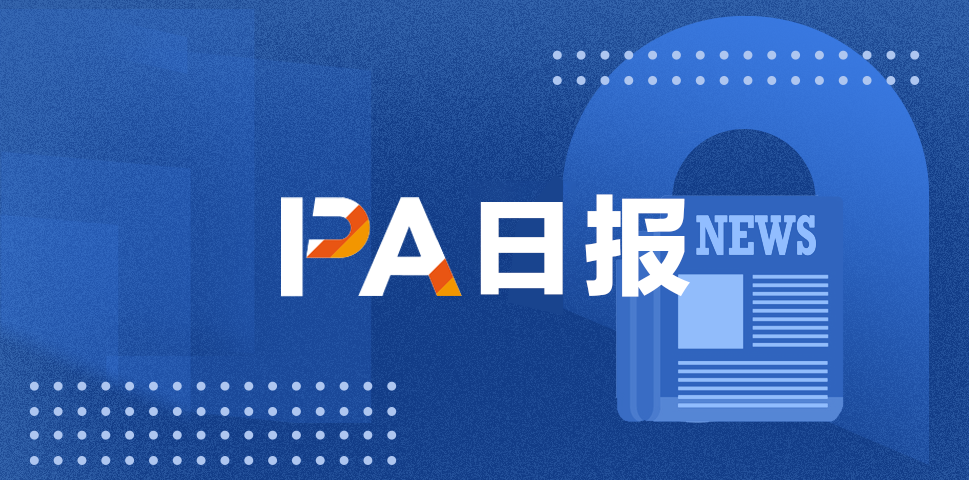MetaMask enters the market with mUSD, with a development cycle of only a few weeks, and stablecoins enter a period of rapid expansion
Compiled by: Felix, PANews
Last week, a governance proposal outlining the MetaMask stablecoin mUSD was briefly published and then deleted, sparking speculation about its development. Now, the stablecoin’s launch has been confirmed.
MetaMask, the crypto wallet developed by Consensys, announced on August 21st that it will launch its native U.S. dollar stablecoin, MetaMask USD ($mUSD), marking the first time a self-custodial wallet has launched its own stablecoin. mUSD is expected to launch later this year, initially on Ethereum and Linea.
Built on Bridge and M0, it will be connected to Mastercard by the end of the year
mUSD was built by Bridge, the stablecoin issuing company under Stripe, and is powered by M0’s decentralized infrastructure.
Bridge, a stablecoin orchestration and issuance platform under Stripe, provides compliant licensing, monitoring, and rigorous reserve management for custom-issued stablecoins. Leveraging the M0 protocol to mint $mUSD, Bridge provides a decentralized and scalable stablecoin infrastructure built for interoperability, composability, and transparency.
According to MetaMask, mUSD will be fully backed 1:1 by "high-quality, highly liquid USD-equivalent assets," including US cash and short-term US Treasury bills, with real-time transparency and cross-chain composability. mUSD is scheduled to launch on Ethereum and Consensys' Linea Network later this year, with deep integration into Linea's DeFi stack, gradually covering lending markets, decentralized exchanges, and custodial platforms, thereby promoting liquidity and reducing user onboarding friction.
mUSD will be used primarily in two ways:
- In the wallet at launch: for seamless onboarding, redemption, transfer, and cross-chain bridging.
- Expected to be in real life by the end of the year: Allowing users to spend mUSD at millions of merchants that accept Mastercard via the MetaMask card.
Regarding whether to provide mUSD deposit rewards to customers, MetaMask Vice President of Product Strategy Ajay Mittal emphasized: “Currently, mUSD does not directly provide returns to users. However, mUSD may play a role in MetaMask’s future incentive programs.”
The specific release date or planned release size has not been officially disclosed, but more technical details and user guides will be released in the coming weeks.
Development cycles are shortened to a few weeks, ushering in a period of rapid expansion for stablecoins
The launch of mUSD comes as monthly on-chain stablecoin transaction volume surpasses nearly $1 trillion, and coincides with the passage of the GENIUS Act in the United States.
Earlier, Federal Reserve Board Governor Christopher Waller delivered a pro-cryptocurrency speech, emphasizing the role of stablecoins and their potential to maintain and expand the dollar's international status. Meanwhile, Wyoming officially launched the Frontier Stable Token (FRNT ), becoming the first US state to issue its own stablecoin.
As the digital dollar market flourishes and regulatory clarity increases, the concept of application-based stablecoins is gaining traction. Payment applications, crypto wallets, or DeFi protocols can also launch their own stablecoins while outsourcing compliance, reserves, and infrastructure to providers.
For example, Paxos issued PayPal’s PYUSD token, while BitGo backed World Liberty Financial’s USD1, a DeFi protocol associated with Trump. Earlier this month, US fintech company Slash partnered with Bridge to launch its own stablecoin.
MetaMask’s stablecoin is the first example of the collaboration between M0 and Bridge. By working with M0 and Bridge, MetaMask can provide its users with a built-in digital dollar without having to manage complex issuance, compliance, and technical processes.
Zach Abrams, co-founder and CEO of Bridge, said they have reduced the development time for custom stablecoin issuance from "more than a year of complex integration" to "weeks." This means that applications like Metamask "can realize yield faster and more efficiently than ever before."
Through this collaboration, M0 and Bridge are seeking to replicate the development of the MetaMask token to more issuers.
Related Reading: PANews Releases 2025 Global Stablecoin Industry Development Report: US Dollar Stablecoins Occupy 99% of the Market, USDC Expected to Surpass USDT in 2030
Vous aimerez peut-être aussi

5 Crypto Coins to Watch Next Week During the Crypto Crash

Project Trinity Launches to Promote Cross-Chain Settlement of Japanese Stablecoins and Security Tokens
